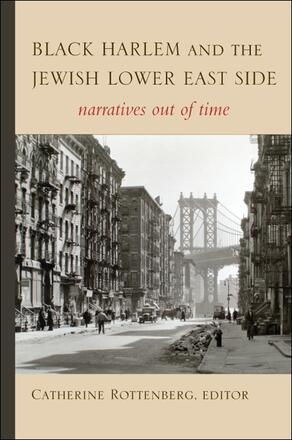
Black Harlem and the Jewish Lower East Side
Narratives Out of Time
Comprehensive analysis of how Harlem and the Lower East Side have been depicted over the course of the twentieth century in African American and Jewish American literature.
Description
Harlem and the Lower East Side are two neighborhoods that evoke not only a rich if contested history, but also a particular "racial" narrative. Indeed, these spaces—one downtown and one uptown on Manhattan Island—have become almost synonymous with the Jewish American and the African American experience in the twentieth century. Chinatown and Little Italy have been replicated across the country, but there is only one Harlem and only one Lower East Side.
This edited volume traces and compares the literary representation of these two iconic city spaces over the course of the twentieth century. Bringing together prominent as well emerging scholars, Black Harlem and the Jewish Lower East Side engages in spatially informed readings of twentieth-century Jewish American and African American literature. The book offers new approaches to Jewish American and African American literary criticism while providing the first truly comprehensive overview of how Black Harlem and the Jewish East Side have been represented—and how their representations have dovetailed as well as diverged—throughout the twentieth century in African American and Jewish American literature.
Catherine Rottenberg is Assistant Professor in the Department of Foreign Literatures and Linguistics and the Gender Studies Program at Ben-Gurion University of the Negev in Israel. She is the author of Performing Americanness: Race, Class, and Gender in Modern African-American and Jewish-American Literature.
Reviews
"A pioneering work, this book does not claim to be definitive, but seeks to lay a foundation for the future study of the literatures of the two communities. With a valuable index and extensive notes accompanying most of the articles, this work would be a useful addition for libraries which deal with comparative literature and culture. " — AJL Reviews